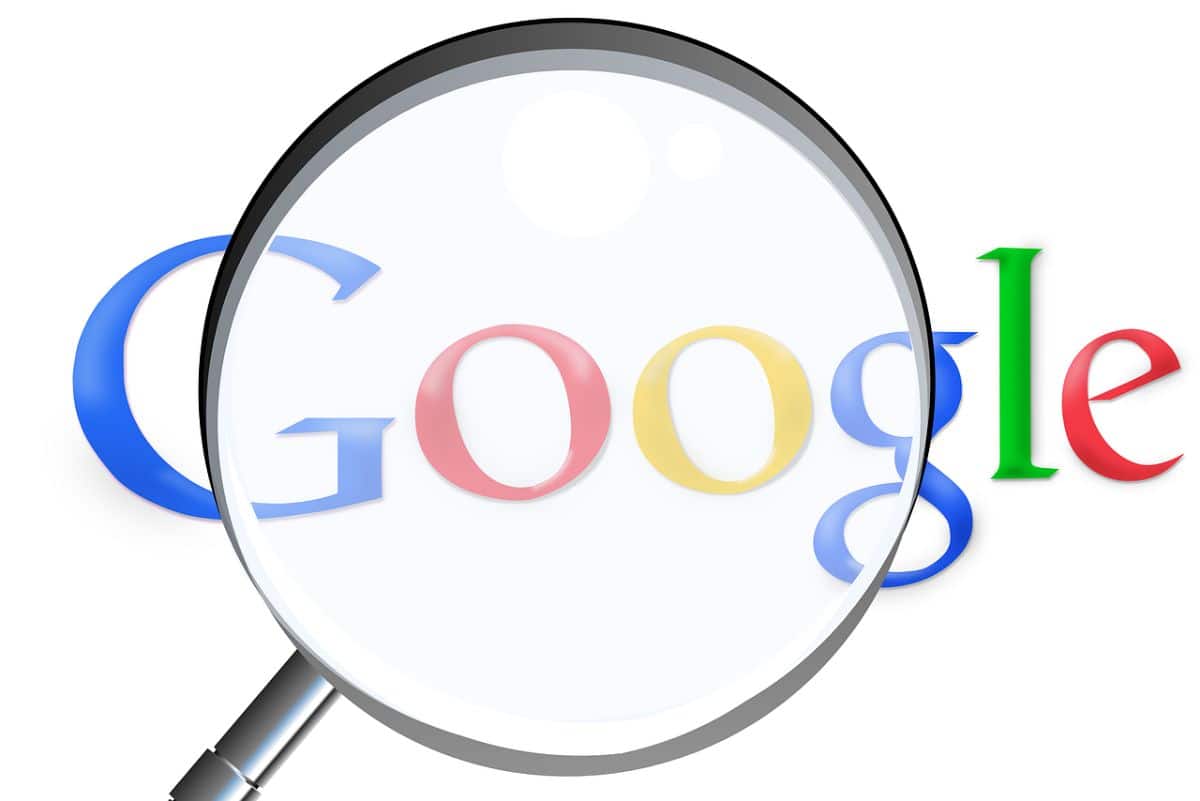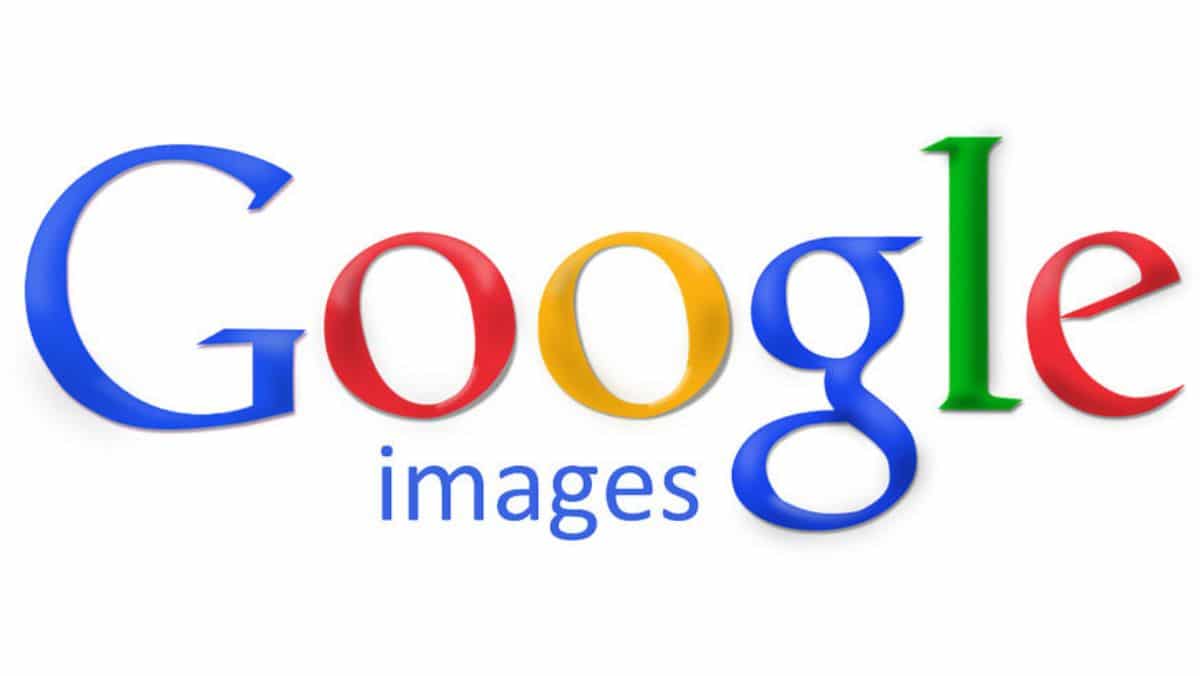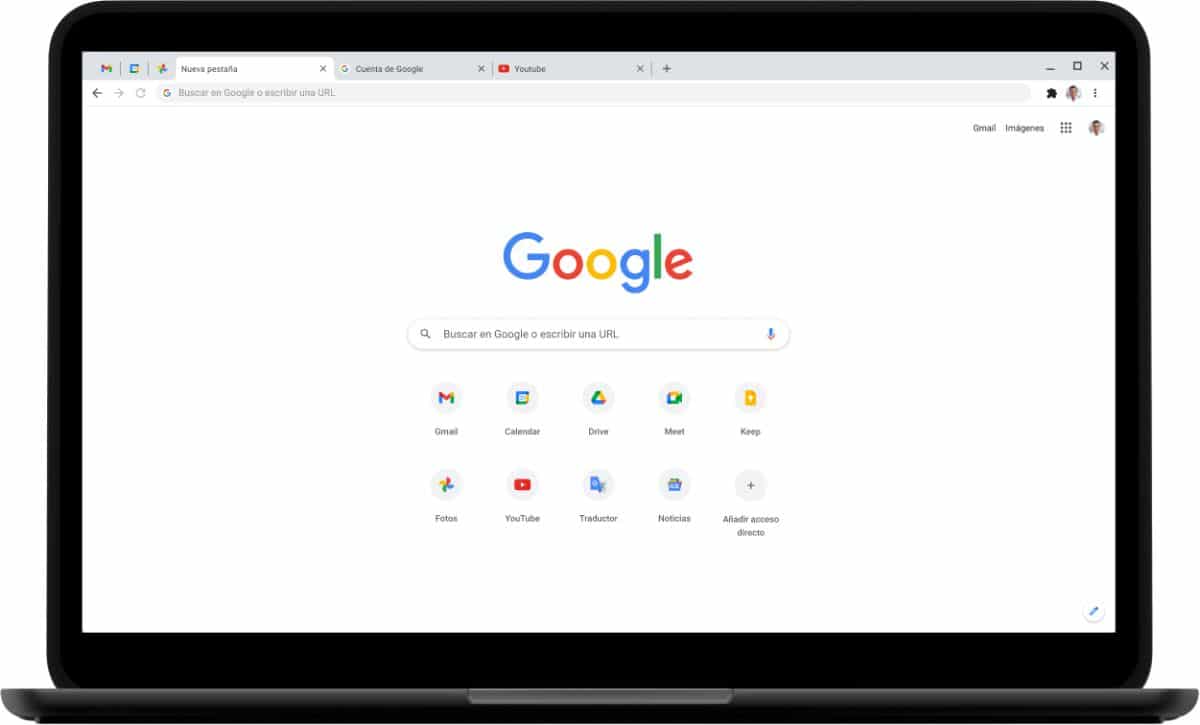
When we need an image, the most normal thing is that we go to Google, search for the word or phrase we need and give Images to take one. Today, know how to google images It is something that everyone knows. But what may not be known are those little tricks, as well as legality, use, quality etc. of this.
Because, do you know that taking any image from Google can be illegal? And then they can ask you a fortune for the use of the image without having rights? For an eCommerce, this is very important, that is why we are going to stop to explain everything you need to know about searching images on Google.
How to search for images on Google

Source: masquenegocio
As a review, although this we know is not going to be something new, let's make it clear how to search for images on Google.
In order to do this, open the Google browser, either on a computer, tablet or mobile. Then in the search engine we put a word or words that represent the image we want. For example "shirt". The results that will come out will be varied, but mainly we have links. And we want images.
If you realize, at the top, the word "images" will appear and, if we click, the results that the browser will offer us will already be based on what we want, that is, visual results with photos.
Now, all you have to do is click on an image and click the button on the right and save the image. But, this action that seems so innocent, in a way can put you in danger.
Why can't you freely download images from Google
En general, all images that appear on Google are copyrighted. That is, there are copyrights. That means that if you use that photo but have not paid for it, the person who made it can report you and demand a payment of x money for the use you have made of it.
And that has negative consequences.
The problem is that, When you look at a photo from Google, it usually doesn't really tell you if it's copyrighted or royalty-free. And even saying it, there are times when he is wrong and gives you options that, later, you have to erase because you have had trouble with it.
How to operate then?
The so-called search tools
Do you know what search calls are? It is possible that not, but the truth is that, when you go to images, in that same menu, at the end of everything, the term "Search tools".
It is something very important, especially when you search for images on Google. Why? Well, because it gives you different options. Specific:
- Size. It allows you to filter the images by size, being large, medium, icon, greater than or giving an exact size.
- Colour. In case you want to focus on a series of images that have a certain color.
- Kind. If you want clipart, GIFs, line drawings.
- Date. To filter them by any date or a specific date (24 hours, week, month ...).
- Rights of use. This is a very important section, and it is that it allows you to filter the photos by Creative Commons licenses and commercial licenses and other licenses.
What are Creative Commons licenses

Creative Commons licenses are a tool that allows you to use images or works that are protected by copyright without having to ask permission from the person who made them. In other words, with this license you allow personal and / or commercial use of an image.
Now, you have to be very careful because there are different Creative Commons licenses that can stop the use or not of a photo.
For example:
- Recognition. When to use it you need to acknowledge authorship.
- Non-commercial recognition. When you can't use it commercially.
- No derivative work. It is a license in which you can use a photo on a commercial and personal level. But you can't edit it but it has to stay as is.
And what kind of images does Google give us with Creative Commons? The normal thing is that it gives us the first one, that of recognition, allowing us to use it both on a personal and commercial level. The problem is that sometimes the browser itself and its results crash. That is, you are using a photo and it really has copyright. If that happens it's bad luck, but you have to be prepared for it.
How to know if I can use a Google photo

You already know how to search for images on Google, you know how to filter them based on what you want to achieve, and you have found an image that goes perfectly. But can I download and use it? That's where doubts come in.
If you want to be as legal as possible, we would tell you never to use Google to search for images, because the vast majority of them cannot be used free will, but they need to pay a license for them.
However, there is a little trick that can come in handy. And it is know where that photo comes from. And there are free image banks, such as Pixabay, Pexels, Unsplash ... which, when we search for an image, can appear in the results. If you see that the url of any image you like belongs to free image bank pages, then you will not have a problem. And how do you know? Entering the image.
Instead of Google showing it and downloading it from there, it is best to open the url that contains the photo and see what that page has, if it is a free image bank, if it is a paid one, if it is a blog, etc. It is the safest way to check if you can use it or not. What if I can't find anything? Our recommendation is that you do not use it to avoid problems.
Another problem that you can find in Google images is quality. Actually, this is not the best in the world, which means that if you use them for an eCommerce or a professional job, it gives a bad image. Again we recommend betting on image banks, free or paid, which help improve the appearance of the web. Keep in mind that it is the first impression you create on a user, and if this is not a good one, you will have more difficulties to sell to him.
Now that you know how to Google images, would you use it for a business or to illustrate your blog posts?